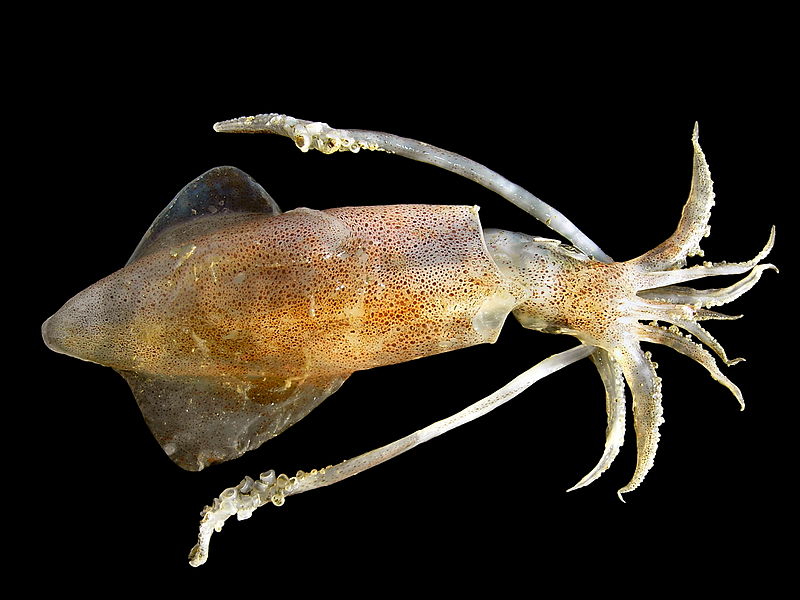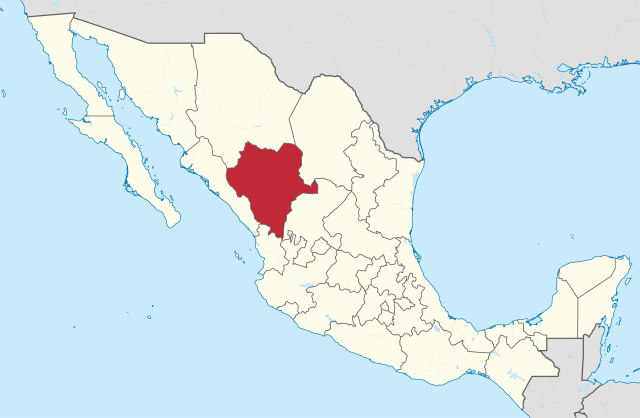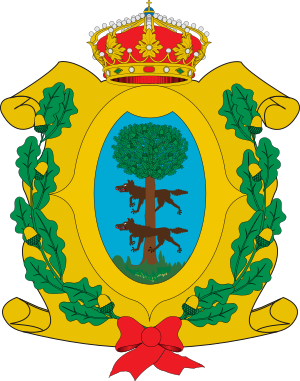We just learned about the Cuttlefish.
Another type of cephalopod is the European Squid.
Squids are a lot like the cuttlefish, as they have eight short arms used for swimming and two tentacles used for grabbing their prey.
They also have a bone inside their body, kind of like the cuttlebone, but it is called the gladius.
They have a large part of their head called a mantle, with fins on the side.
Above the mantle is a tail.
Below the mantle they have the funnel where they breathe, and their eye.
At the bottom is their arms, tentacles and mouth.

(from: wikipedia - european squid)
Kid Facts - Blast from the past: Strawberry Poison Dart Frog







